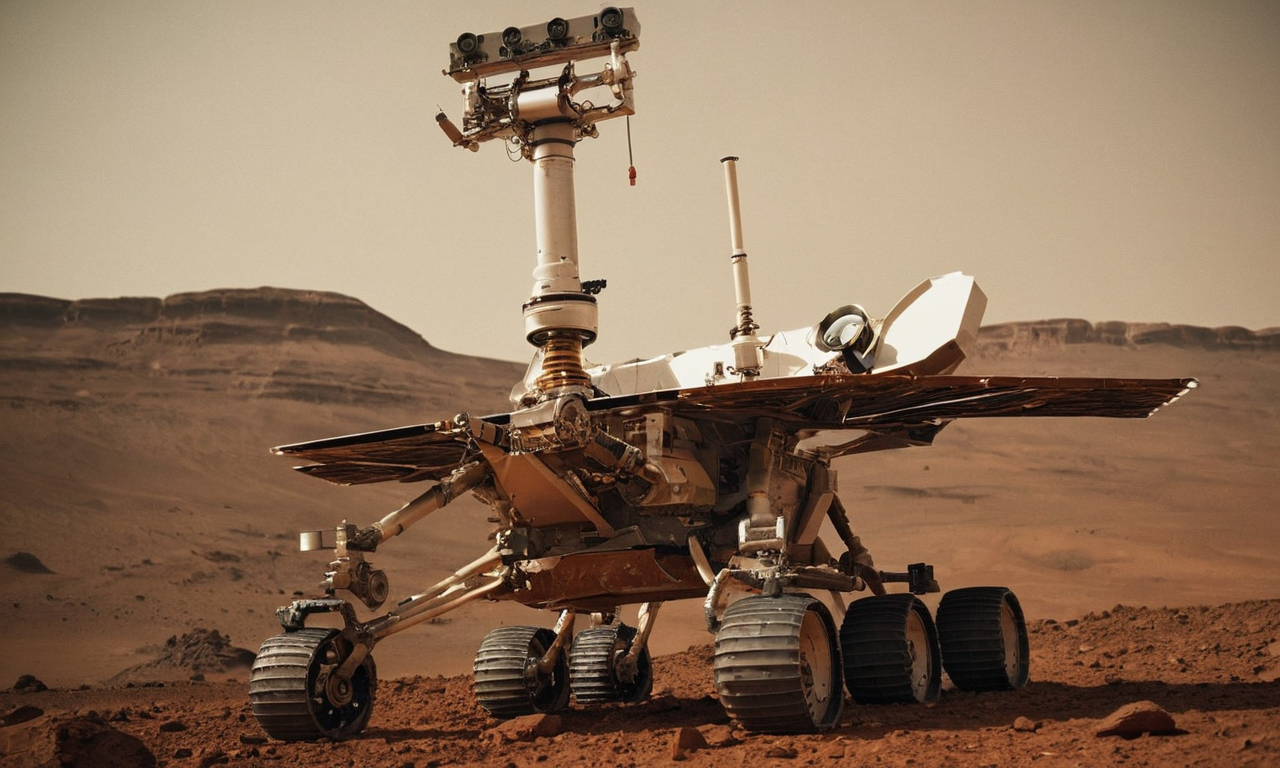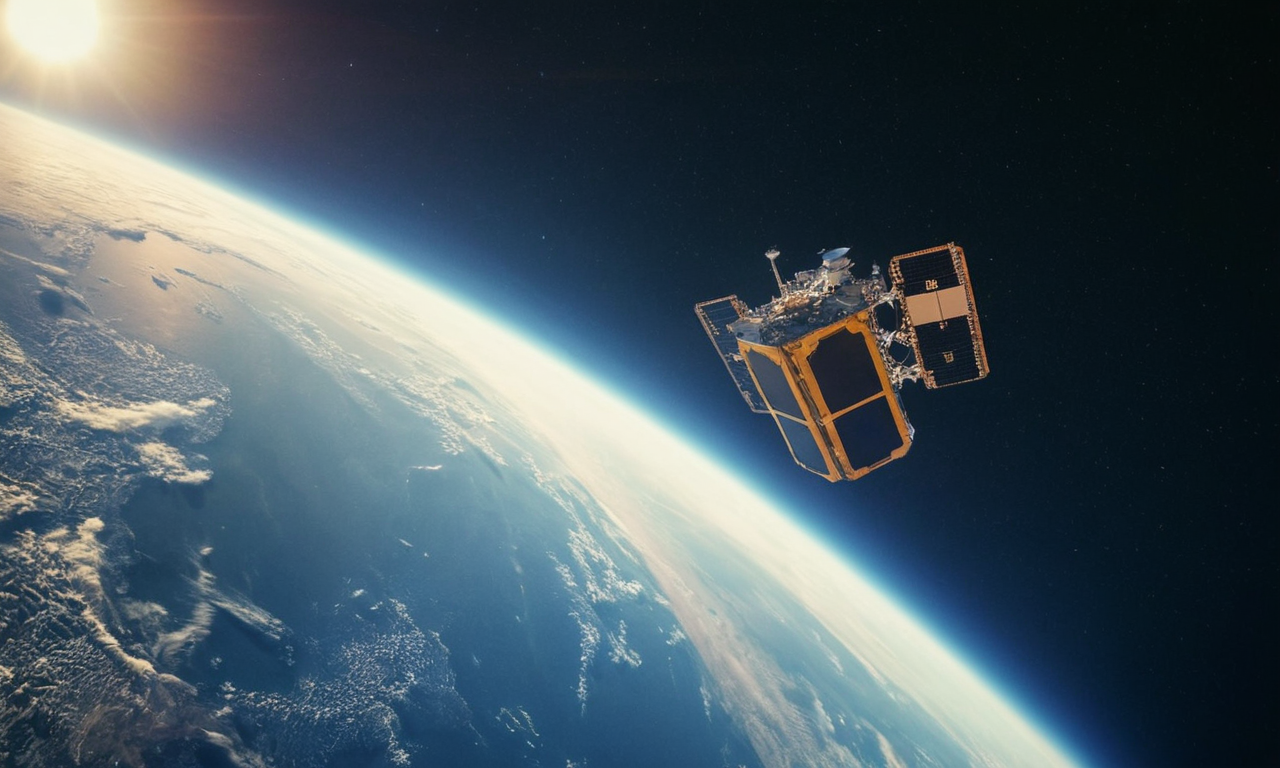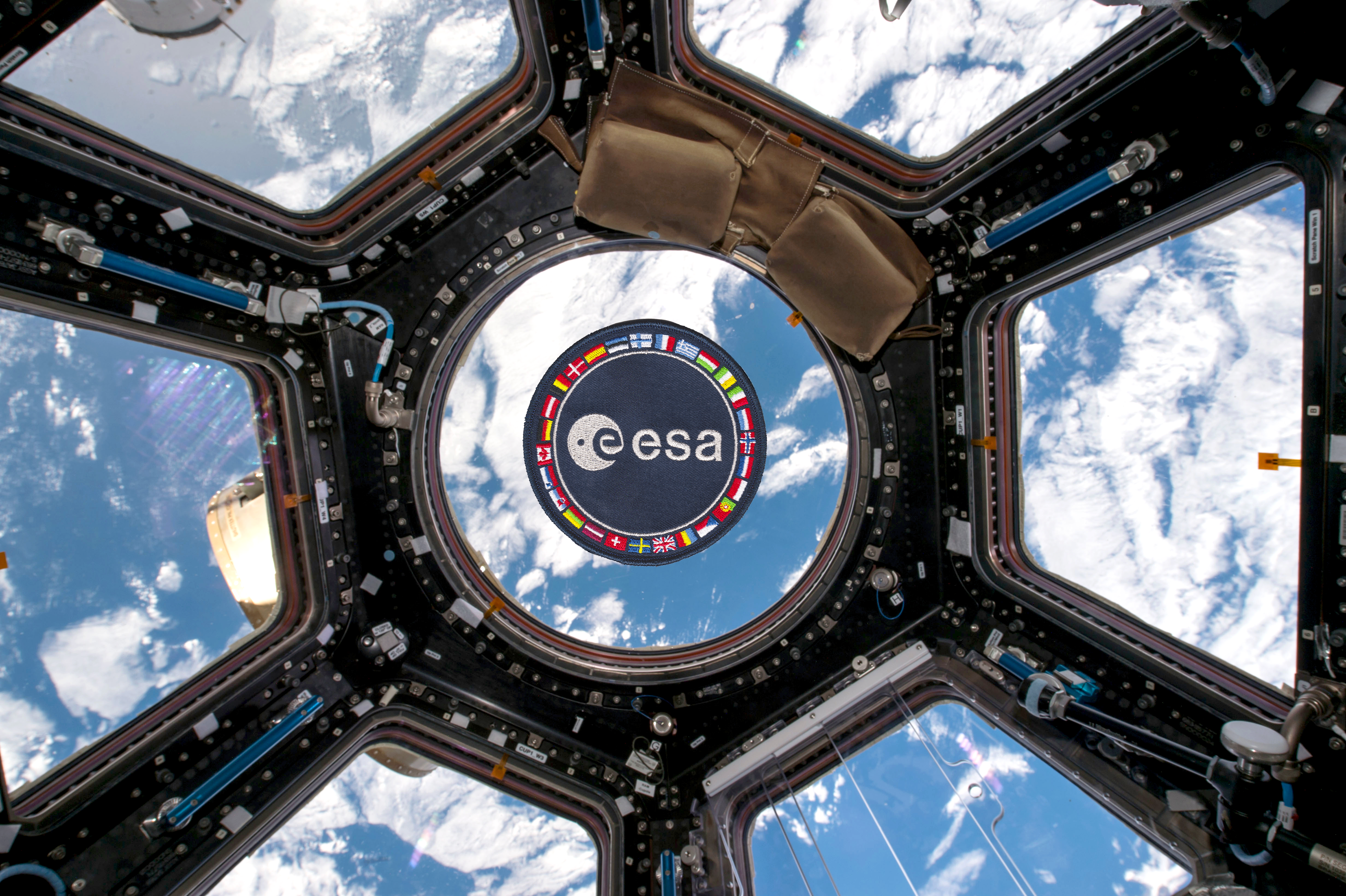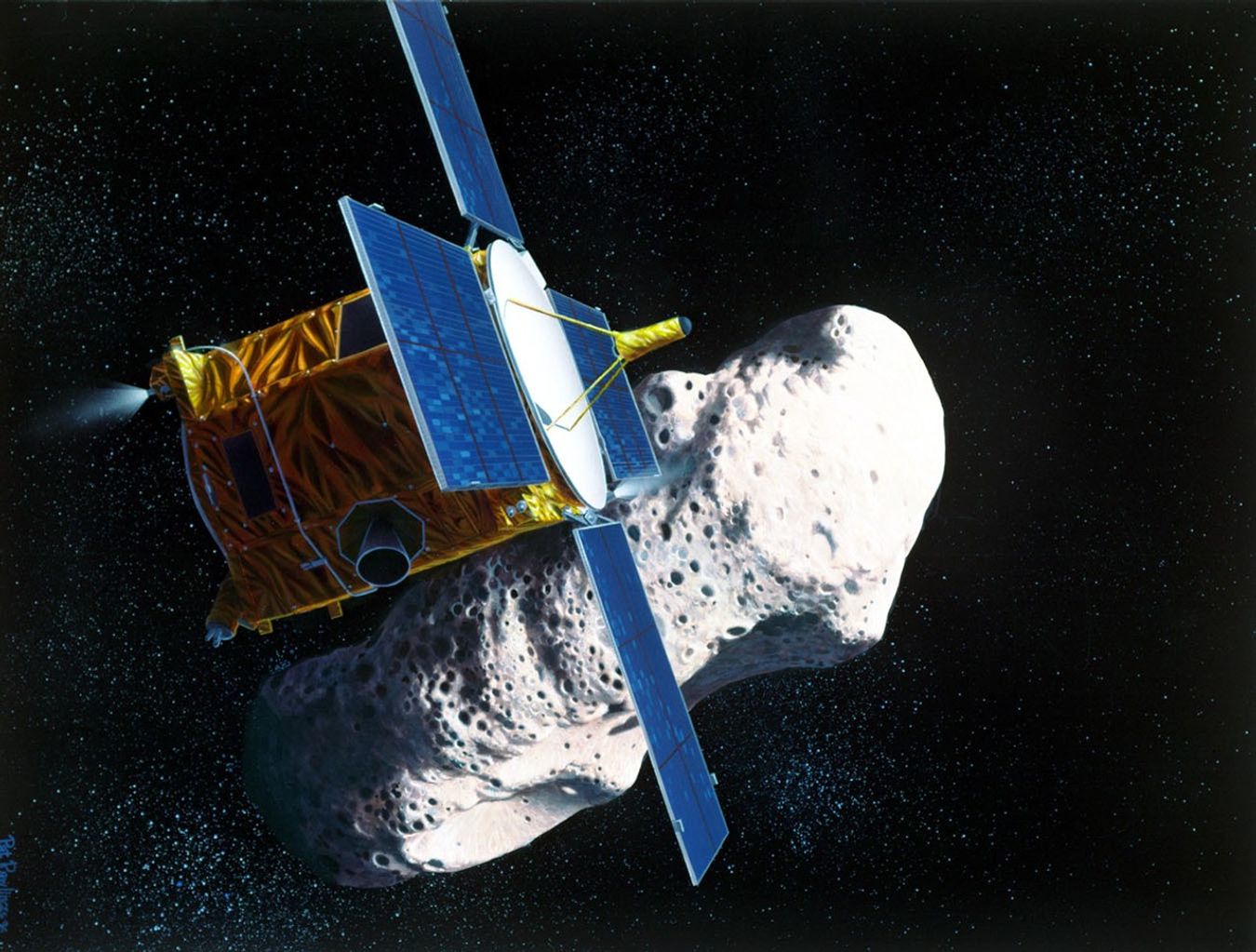· today in space history · 4 min read
The Day Opportunity Changed Our View of Mars Forever
Twenty-one years ago, a golf cart-sized rover bounced to a stop inside a small crater on Mars, beginning one of the most remarkable chapters in space exploration history

In the predawn hours of January 25, 2004, a cluster of airbags bounced across the red Martian soil like a cosmic tumbleweed before finally coming to rest in a small crater. Inside this protective cocoon lay NASA’s Opportunity rover, about to begin what would become one of humanity’s greatest adventures of exploration. None of the anxious engineers at mission control could have predicted that this golf cart-sized robot would operate not for its planned 90-day mission, but for an extraordinary 14 years, revolutionizing our understanding of Mars.
A Perfect Landing in an Improbable Location
Mission controllers called it “the hole in one.” By pure chance, Opportunity had landed in Eagle Crater, a shallow depression barely larger than a tennis court. What seemed like incredibly good fortune would prove to be scientifically invaluable – the crater’s walls exposed ancient bedrock that held clues to Mars’ watery past.
The First Signs of Ancient Water
Within weeks of landing, Opportunity made a discovery that would rewrite textbooks. The rocks around the landing site contained small spherical objects, nicknamed “blueberries” by the science team. These tiny spheres, composed of hematite, could only have formed in the presence of liquid water. It was the first definitive evidence that Mars once had environments suitable for life as we know it.
From 90 Days to 14 Years
Perhaps the most remarkable aspect of Opportunity’s mission was its longevity. Originally designed to function for just 90 Martian days, the rover’s solar panels and systems proved far more resilient than anyone anticipated. Despite dust storms, temperature extremes, and challenging terrain, Opportunity continued exploring until June 2018, when a global dust storm finally ended its mission.
Legacy and Current Impact
Opportunity’s success fundamentally changed how we approach Mars exploration:
- The rover proved that long-duration surface missions were possible, paving the way for Curiosity and Perseverance
- Its discovery of ancient water environments helped shape NASA’s “Follow the Water” strategy for seeking signs of life
- The engineering lessons learned continue to influence the design of modern Mars rovers
Today, as NASA and other space agencies plan future Mars missions, including eventual human exploration, they build upon the foundation laid by Opportunity. The rover’s discoveries about Mars’ past habitability directly influence where we might send human explorers and where we might search for evidence of ancient life.
The Human Connection
What made Opportunity special wasn’t just its scientific achievements, but how it captured the public’s imagination. The rover’s anthropomorphic appearance and determined perseverance created an emotional connection with people worldwide. As Steve Squyres, the mission’s principal investigator, once noted, “This rover has become a lot more than just a robot to us – it’s become our friend on Mars.”
Looking Forward
When Opportunity sent its final transmission on June 10, 2018, it had spent 14 years and 136 days exploring the Martian surface. In that time, the tenacious rover had traveled an astounding 45.16 kilometers, holding the record for the longest distance driven on another world. The mission’s end came during a global dust storm that finally overwhelmed the rover’s solar panels, but not before it had exceeded its planned lifetime by an extraordinary factor of 57.
Today, as we enter an era of increased Mars exploration, with multiple rovers operating on the surface and plans for human missions in development, Opportunity’s landing anniversary reminds us of how far we’ve come. The knowledge gained from its record-breaking mission continues to inform our understanding of Mars and shape our strategies for future exploration.
Current Mars missions build directly on Opportunity’s legacy. NASA’s Perseverance rover explores Jezero Crater, a site selected partly based on the type of water-altered minerals that Opportunity first helped us understand. Meanwhile, China’s Zhurong rover uses instruments refined through lessons learned from Opportunity’s mission.
Twenty-one years after that dramatic landing, Opportunity’s contributions to Mars exploration continue to resonate. The rover may have fallen silent, but the scientific insights it provided and the engineering capabilities it demonstrated remain vital to humanity’s ongoing journey to understand the Red Planet.

Theodore Kruczek





